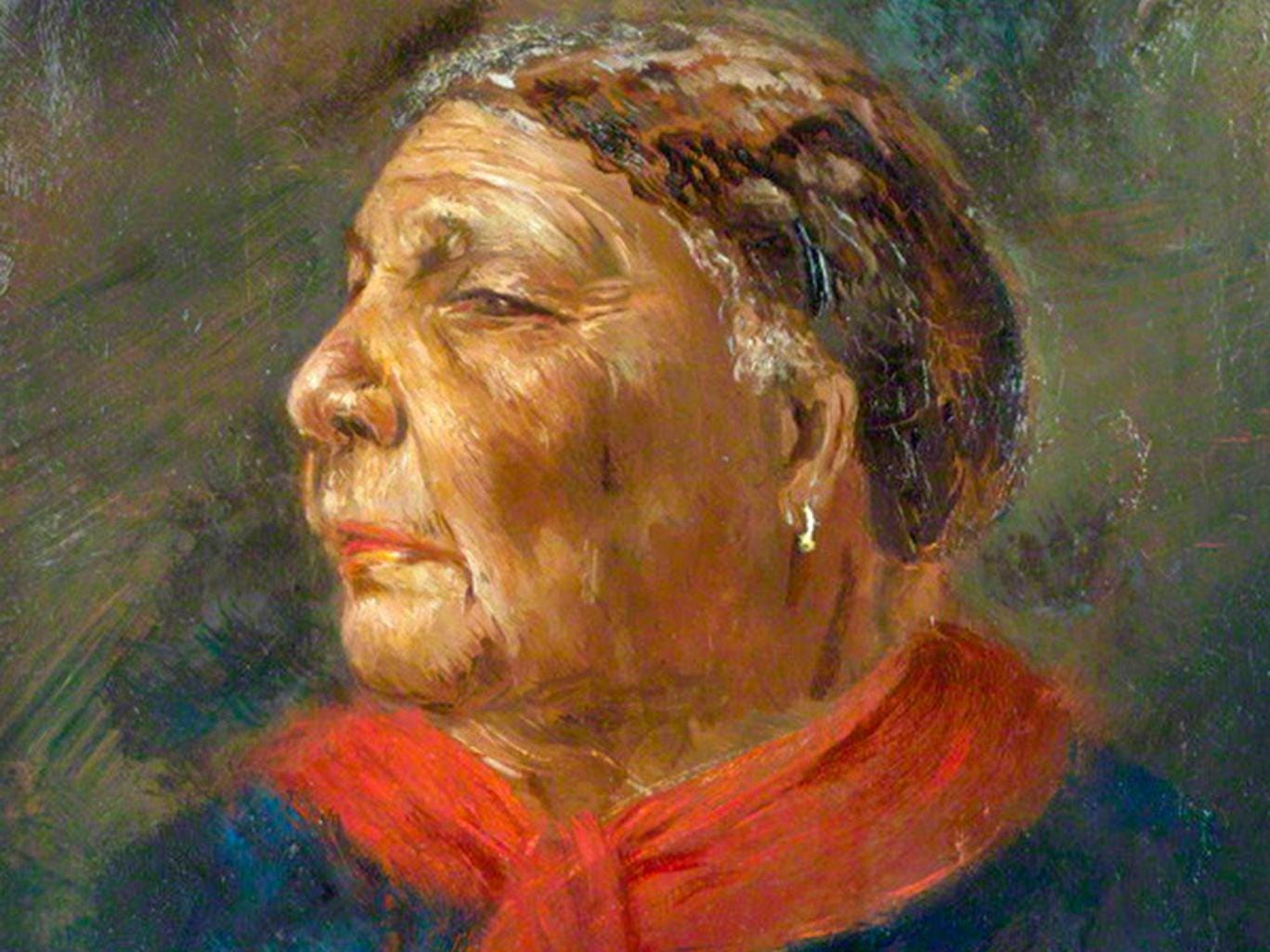Mary Seacole statue: Why Florence Nightingale fans are angry the Crimean War nurse is being commemoratedPosted in Articles, Arts, Biography, History, Media Archive, United Kingdom, Women on 2016-06-29 21:21Z by Steven |
The Independent
2016-06-27
 Some Florence Nightingale experts say Mary Seacole isn’t a nurse |
It should be a symbol of pride in a black British heroine. Instead, a statue of Mary Seacole, to be unveiled on 30 June, has become a source of controversy
Staring proudly across the River Thames towards Big Ben, her cape caught in a gust as she strides away from a backdrop of the Crimean battlefield. This is how the Crimean War heroine Mary Seacole will be memorialised in a powerful 10ft bronze statue by the distinguished sculptor Martin Jennings, to be unveiled outside St Thomas’ hospital in central London on Thursday.
The campaign to commemorate the nurse once voted the greatest black Briton began when a group of Caribbean women approached their local MP in Hammersmith. Seven years later, the sculpture – the first public statue of a named black woman in the UK – is complete thanks to donations from tens of thousands of people. Happy days.
Except a small faction of hand-wringing Florence Nightingale experts and fans are not at all happy. To them, placing Seacole’s statue outside the hospital where the Lady with the Lamp established her revolutionary nursing school is an affront…
…Then there’s the argument that Seacole is a symbol of political correctness gone mad because the great black British icon isn’t, er, black. In a Spectator piece Rob Liddle took the baffling stance that Seacole was “three-quarters white”. This is despite contemporary depictions of her as a person “of colour” (and her own recollection that a white American at a dinner party said he wished he could bleach her skin).
But how tiresome this mud-slinging is. If we were going to pick holes, we could point out that even Nightingale couldn’t compete with the fact that her military hospital at Scutari was placed over a sewer, meaning many patients died. But we celebrate the best in her: her initial impulse; her skill in creating and organising the British nursing profession in later life…
Read the entire article here.



